Dr. Aguilar PerezGrovas, Ricardo
Neumology Specialist
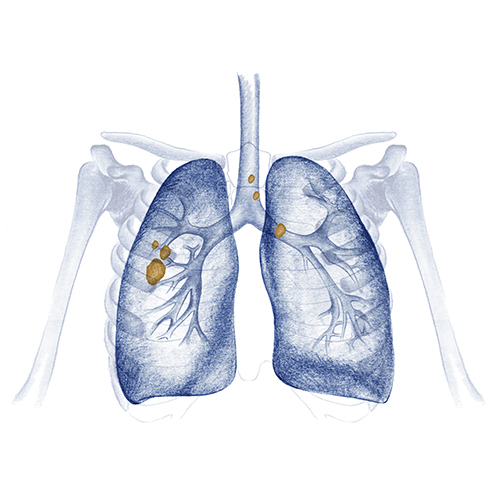
At HC Marbella we are equipped to deal with all types of respiratory conditions, we employ a multidisciplinary approach working in close collaboration with other Units to provide an integrated and individualised solution for each patient.
The aim of our unit is to achieve good control of the disease to cure, control and prevent other diseases associated with the condition, as well as to provide adequate symptom control so that the patient’s quality of life is affected as little as possible.
We also have a team of Lung Cancer experts who address the disease from diagnosis to treatment to find the right alternative for each patient.
Sleep apnoea is a nocturnal respiratory disorder caused by repeatedly stopping breathing during the night whilst asleep.
This cessation in breathing may be:
Sleep apnoea results in decreased oxygenation during the night, triggering physiological response mechanisms such as increased heart rate or blood pressure and affecting sleep quality.
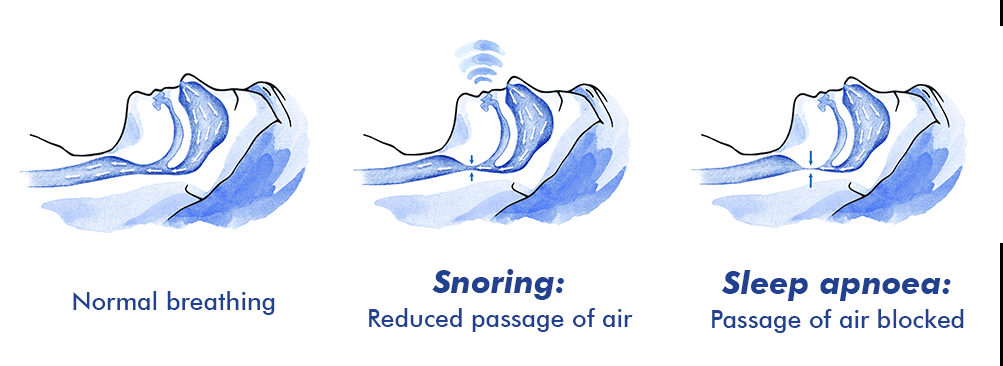
Risk Factors
Although obesity is a notable risk factor, apnoea can affect everyone even children.
Symptoms
The main symptom of sleep apnoea is snoring accompanied by a feeling of not having slept well, difficulty concentrating, headache or feeling drowsy during the day.
Diagnosis and treatment
If suspected, it is important to see your doctor and have a sleep study performed with planning of appropriate treatment based on the outcome. At HC Marbella you can carry out your sleep study in our facility, with hospital admission, or from the comfort of your home, so you can understand how your sleep is structured. Detection of any abnormality or specific disorder will enable you to be treated and monitored as appropriate.
Depending on the severity of the condition, your doctor may recommend different treatments from Mandibular Advancement Devices, which push the jaw forward releasing this obstruction to treatments with CPAP, a device which exerts air pressure through a mask.
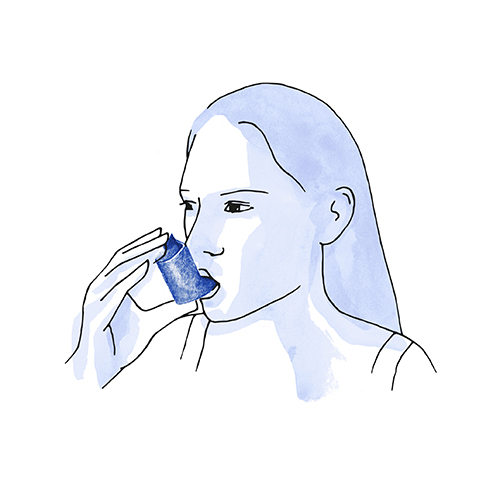
Asthma is usually a chronic disease caused by inflammation of the bronchi in response to a stimulus. This inflammation causes bronchoconstriction in the respiratory tract leading to a sensation of choking.
This inflammatory process can produce an increase in mucous causing greater susceptibility to respiratory infections.
Risk factors
Asthma can develop and manifest at any stage of life, in children and adults.
The causes of asthma vary widely. The most common cause is an allergy, when asthma appears as a response to contact with an allergen and triggers an exaggerated response in the body leading to an inflammatory process.
Symptoms
The main symptom of asthma is a sensation of drowning, which can sometimes be accompanied by whistling sound, coughing and chest tightness.
Diagnosis and treatment
The mainstays of asthma treatment are inhalers. Inhalers are bronchodilators containing molecules that help open the bronchi relieving the bronchoconstriction. In the case of allergic asthma it is necessary to treat the root cause of the problem and the patient may be a candidate for immunotherapy also known as allergy vaccines.
For the most severe or rare cases, there are injectable biological drugs directed against the molecules that produce the inflammation, neutralising them and improving the symptoms caused by asthma.
Bronchiectasis is an abnormal and irreversible widening (dilatation) of the bronchi which is associated with destruction of the bronchial wall causing frequent bronchial infections. The bronchi are responsible for carrying air from the trachea to the alveoli.
It can be:
Risk Factors
This condition may be associated with previous lung diseases such as pneumonia, tuberculosis, COPD, asthma, or other diseases such as immunodeficiencies, cystic fibrosis, or inflammatory bowel disease.
Symptoms
The most frequent symptoms of bronchiectasis are repeated bronchial infections, chronic cough with sputum, coughing up blood, shortness of breath
Treatment
In addition to drug treatment with antibiotics, expectorants, or bronchodilators, daily drainage is usually performed to remove sputum. In the most severe cases when there is considerable bleeding in the lungs or the disease is very localised, surgery may be necessary to remove part of the lung.
Bronchitis is an inflammation of the lining of the bronchi, a mucous membrane responsible for the circulation of air causing a cough with thick mucus.
Bronchitis can be acute or chronic. Acute bronchitis is usually the most common and arises as a result of a viral infection such as the flu or a cold. In these cases the symptoms are mild and usually disappear within a few days.
When this bronchitis does not cease it becomes chronic bronchitis which is a type of COPD (chronic obstructive pulmonary disease) and must be controlled and treated by a respiratory medicine specialist.

Lung cancer is the cancer with the highest mortality rate, to a large extent because symptoms do not appear until the disease is very advanced when treatment options are fewer.
Prevention and early diagnosis are the best weapons against this disease.
At HC Marbella we have a team who are experts in this disease and who tackle it from diagnosis to treatment, forming part of the Lung Cancer Unit.
Chronic obstructive pulmonary disease (COPD) is a respiratory condition characterised by obstruction of airflow to the bronchi and bronchioles.
The two most common effects from COPD are:
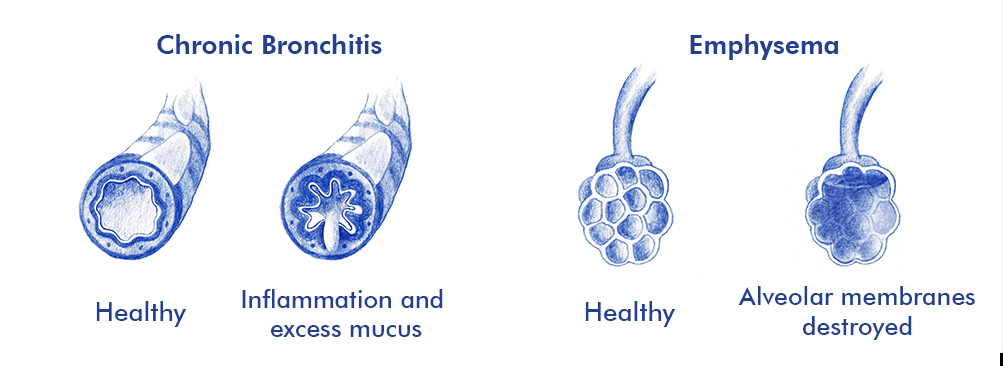
Risk Factors
Depending on the type and degree of disease, it may produce symptoms such as difficulty breathing, respiratory infections, shortness of breath, cough with sputum
The most common cause is smoking which accounts for more than 90% of cases.
Other factors may include:
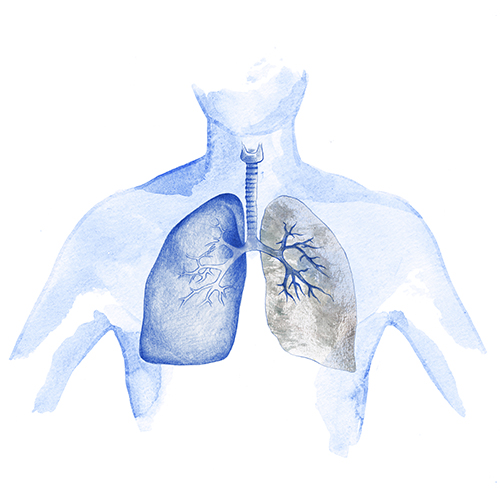
Symptoms
Symptoms do not usually appear in the initial stages, the disease is progressive and irreversible. In spite of this, there are treatments to manage symptoms enabling the patient to have a good quality of life, as well as to prevent other conditions derived from COPD such as lung cancer.
Diagnosis and treatment
For diagnosis, lung capacity is measured using Spirometry, a simple outpatient test which helps to determine whether COPD exists or not.
As a chronic disease there is no cure, but individualised treatment and correct monitoring of the disease can help to stop its progression and contribute to adequate symptom control.
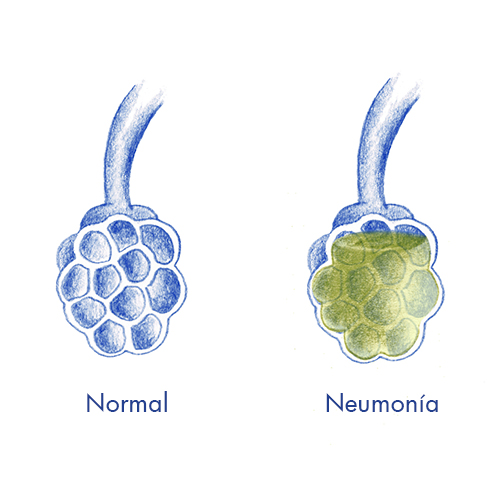
Pneumonia is an acute respiratory infection affecting the lungs and is caused by microorganisms such as fungus, bacteria, or viruses. During pneumonia, the alveolar spaces of the lungs become inflamed and usually fill with fluid or pus limiting oxygen absorption and causing pain and breathing difficulties.
Risk Factors
It usually affects people with previous conditions such as severe asthma, COPD, or those who are immunocompromised as they are more exposed to infections. Other risk factors include smoking, diabetes and obesity.
Symptoms
These are usually similar to a cold or flu but are prolonged over a period of time. The most common are cough with phlegm or pus, persistent fever, chills with tremors, shortness of breath.
Diagnosis and treatment
If pneumonia is suspected, your doctor may request different tests to make an accurate diagnosis, these may include:
In most cases, pneumonia is treated with antibiotics, cough and fever medications, and analgesia. In more severe cases or in patients at risk, admission to hospital may be necessary to control the disease.
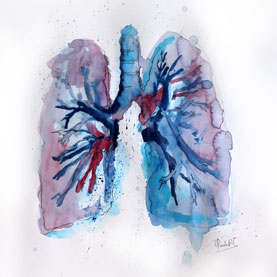
A cough is a defence mechanism by which receptors in both the upper airway (pharynx, trachea) and lower airway react to the presence of a foreign body, causing us to cough to expel it outside the body.
However, often a cough can become chronic and a clinical problem, generating discomfort and health problems. It is considered a chronic cough when it persists for more than three weeks.
Causes of a cough
In most cases, a cough is a symptom associated with another condition. Therefore, when chronic, an assessment of its cause is required to find an effective treatment and to prevent the development of more serious diseases.
The most common causes are:
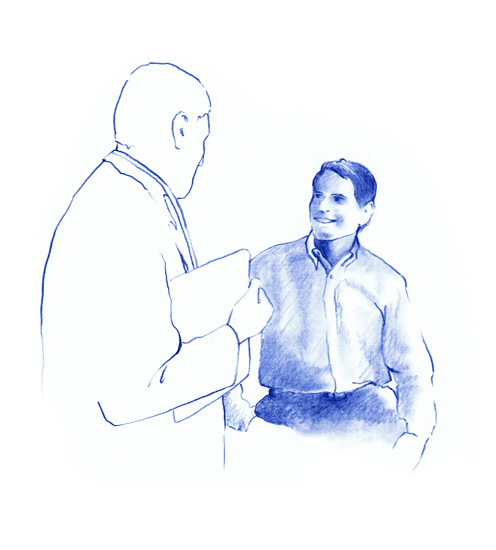
When should I see a doctor?
When your cough persists for more than three weeks and does not stop despite taking medicines such as antitussives, anti-inflammatory drugs, antibiotics or other medication intended to alleviate the symptom.
In these cases, your GP will most likely recommend a consultation with a respiratory physician who will assess the cause of the cough and plan the correct treatment, in many cases preventing more serious illnesses.
Diagnosis and treatment
For the diagnosis of a chronic cough, an initial consultation with a respiratory physician is fundamental.
During the consultation the specialist will analyse your medical history and perform a physical examination to ascertain the possible origin of the cough depending on your particular characteristics (whether you smoke, whether you have any allergies or any other symptoms…).
This information will enable the respiratory physician to perform the appropriate diagnostic tests.
These may include:
Treatment will depend on the cause of the cough. Sometimes, a trial of treatment will be necessary to find the one which is effective.
In some cases, the support of other specialists such as the gastroenterologist, allergy specialist or ENT surgeon will be necessary for diagnosis and treatment. The different specialities at HC Marbella work in a coordinated manner to guarantee an accurate diagnosis and rapid treatment.
Dr. Aguilar PerezGrovas, Ricardo
Neumology Specialist
Tel.: +34 952 908 628
+34 609 148 799
952908898 Oncology
951829978 Diagnosis by imaging
951829947 Gynecology
952908897 Fertility
951829947 Physiotherapy